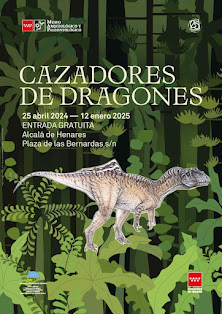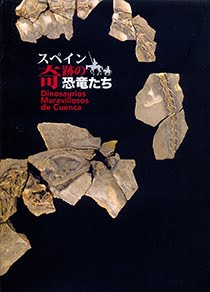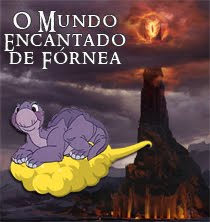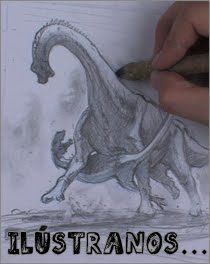Y dando un paso más allá en el espacio (esta vez pasando a Laurasia y, más específicamente, a Níger) y en el tiempo (ahora tocan tortugas del Cretácico Inferior), el último trabajo sobre tortugas fósiles que fue presentado por miembros del Grupo de Biología Evolutiva de la UNED en el XVI encuentro anual de la EAVP trata sobre la tortuga de Gadoufaoua Taquetochelys.
El resumen es el siguiente:
The most abundant and diverse collection of Pleurodira from the Lower Cretaceous record of Africa comes from the Aptian levels of Gadoufaoua. Gadoufaoua is located in the Illumeden Basin of the Ténéré Desert, in central Niger. The first African araripemydid, Taquetochelys decorata, was defined based on several remains from this locality. It is the first described araripemydid is the Brasilian Aptian-Albian Araripemys barretoi. Therefore, the finding of this lineage of freshwater forms in Africa was relevant, because it represents a group of freshwater turtles distributed in both South America and Africa during the Early Cretaceous.
The type series of Taquetochelys decorata was composed of several isolated plates. The identifi-cation of other specimens attributable to the same form was notified. However, they remained as unpublished. Considering the limited information available, subsequent authors indicated that the attribution of this African form to Araripemydidae should be confirmed by the finding of more complete remains. Fortunately, one of the most complete Lower Cretaceous skeletons of Pleurodira was recently identified in Gadoufaoua. This specimen corresponds to an unquestionable member of Araripemydidae. However, it was attributed to a new taxon, Lagaremys tenerensis.
The type series of Taquetochelys decorata is here revised, and other unpublished specimens are studied. The detailed comparison between Lagaremys tenerensis and Taquetochelys decorata is carried out. For this purpose, the intraspecific variability of several pleurodires, including the ara-ripemydid Araripemys barretoi, is analyzed. Considering all this information, the hypothesis about the identification of Taquetochelys decorata and Lagaremys tenerensis as two different forms is evaluated.
Esta presentación está relacionada con una publicación que ha sido recientemente publicada, y que fue comentada aquí.

















































- Síguenos en Twitter
- "Síguenos en Facebook
- RSS
Contacto